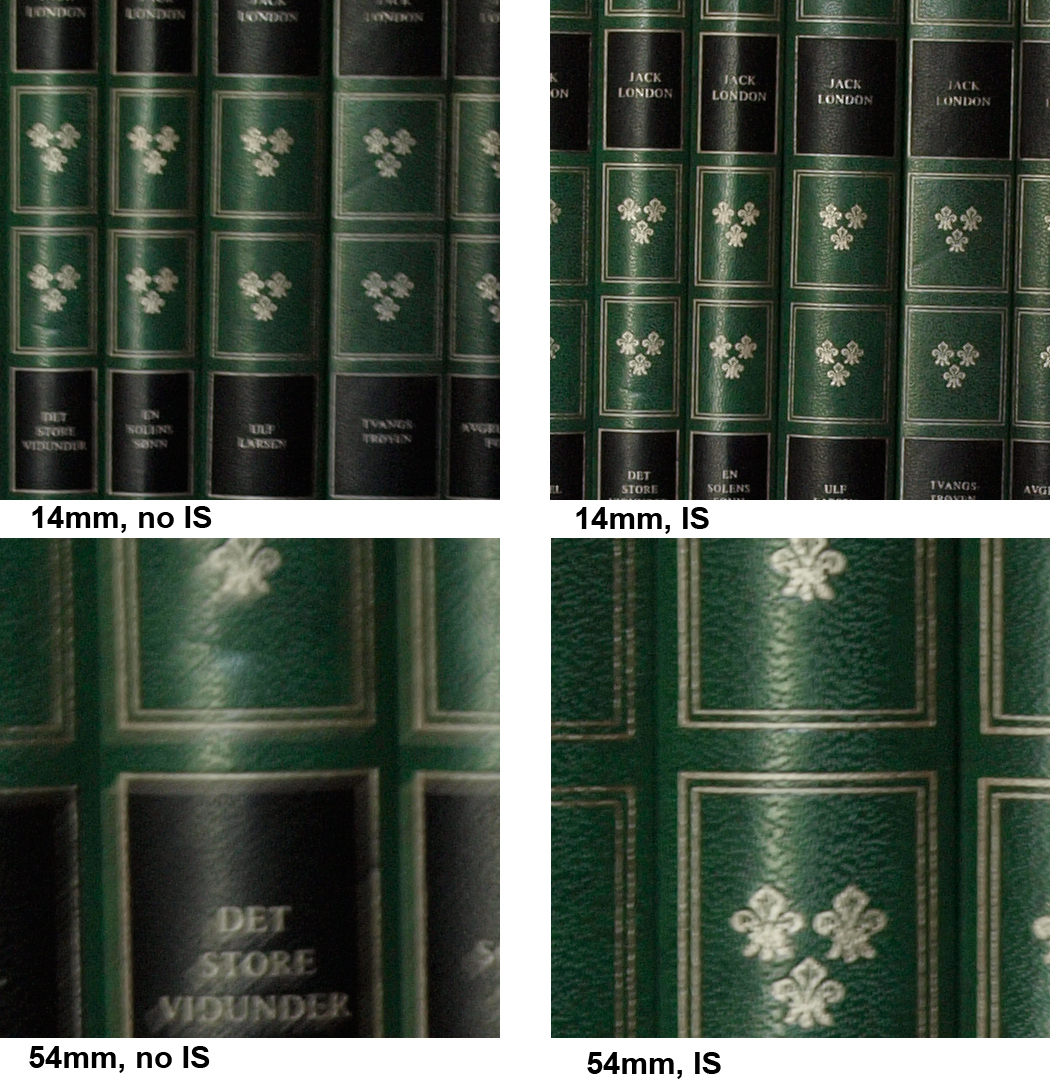Dr_Q
Well-Known Member
I think long exposure noise reduction is active for as long as the exposure itself was, just turn it off and use noise reduction software.
I think long exposure noise reduction is active for as long as the exposure itself was, just turn it off and use noise reduction software.
Using software is not quite the same, as the camera takes a reference picture without opening the shutter, therefore showing only noise and hotpixels, and then uses this picture to calculate the difference between the two shots, which is what you want. So you won't quite get the same result with software.I think long exposure noise reduction is active for as long as the exposure itself was, just turn it off and use noise reduction software.
On another note: Firefox is driving me absolutely mad. After version 3.0 for no apparent reason it only supports ICC version 2 profiles, this renders the ICC version 4 profile for my calibrated monitor absolutely useless. The only way I can view photos on the web (as they should appear) now is to download and open them up in PhotoShop...
Only happens with some monitors. I'm also an unfortunate victim and I had to disable the ICC profiling in about:config.
On one hand, no. On the other hand, people who only have camera phones are more likely to just upload EVERY SINGLE PHOTO THEY'VE EVER TAKEN on facebook and not flickr.

